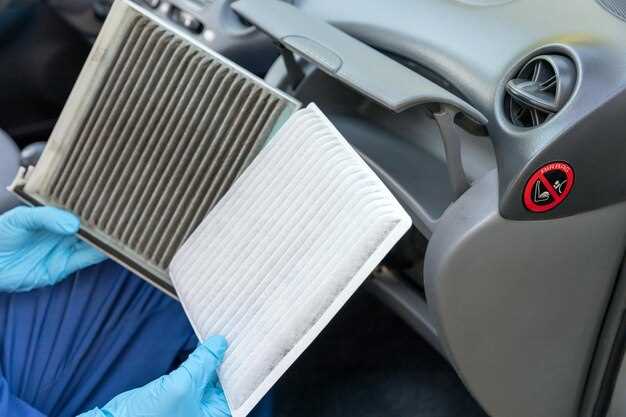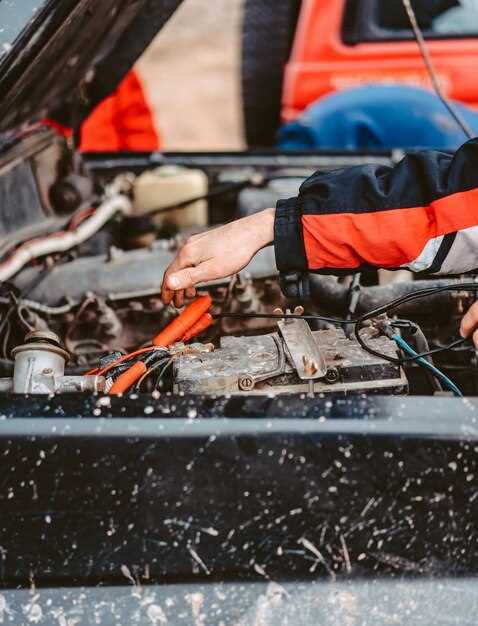How to Repair a Leaking Fiat Radiator

If you own a Fiat, you may encounter various mechanical issues over time, with radiator leaks being one of the most common. A leaking radiator can lead to severe engine problems, overheating, and costly repairs if not addressed promptly. Fortunately, fixing a leak in your Fiat radiator is a manageable task that you can undertake with the right tools and steps. In this guide, we will walk you through the process of identifying and repairing leaks in your Fiat’s radiator, ensuring you get back on the road safely.
Understanding how to fix a leak in your Fiat’s radiator significantly impacts your vehicle’s performance and longevity. The radiator plays a crucial role in the vehicle’s cooling system, preventing the engine from overheating. When you notice coolant pooling underneath your car or the temperature gauge rising, it signals that it’s time to inspect your radiator. Addressing these issues early can save you from more extensive repairs down the line.
This step-by-step guide will provide you with clear instructions to locate the source of the leak, choose the right repair materials, and execute the fix effectively. Whether you’re a novice car owner or an experienced DIY enthusiast, our guide will equip you with the knowledge needed to tackle this common issue with confidence. Let’s get started on fixing that radiator leak and ensuring your Fiat runs smoothly once more!
Identifying the Source of the Radiator Leak in Your Fiat

To effectively fix a leaking radiator, the first step is to accurately identify the source of the leak. Start by inspecting the radiator for visible signs of coolant leaks. Look for wet spots or coolant stains around the entire perimeter of the radiator, especially at connections, seams, and the petcock valve.
Next, check the hoses connected to the radiator. Examine both the upper and lower hoses for any cracks, splits, or loose connections that may be allowing coolant to escape. Don’t forget to inspect the clamps securing these hoses, as they can sometimes become loose over time, leading to leaks.
Another common area for leaks is the radiator itself. With the engine cool, remove the radiator cap, and look for any corroded areas or damaged fins. A pressure test can also help identify leaks not visible to the naked eye. This test involves pressurizing the radiator and checking for any drops in pressure, indicating a leak.
Additionally, assess the coolant reservoir and the surrounding areas for any signs of leakage. If leaks are found outside the radiator or hoses, the issue may be related to the water pump or head gasket, both of which could lead to overheating if left unaddressed.
In conclusion, systematically inspecting these components will help pinpoint the origin of the radiator leak in your Fiat, making the subsequent fix process more efficient and effective.
Tools and Materials Needed for Repairing Fiat Radiator Leaks
To effectively fix a leak in your Fiat radiator, it is essential to gather the right tools and materials. Having everything ready ensures a smooth repair process and minimizes any potential downtime.
Tools

- Wrench Set: A complete set of wrenches will help you remove any bolts and fittings attached to the radiator.
- Screwdriver Set: Both flathead and Phillips screwdrivers are necessary for removing screws that secure the radiator in place.
- Socket Set: A socket set is useful for loosening and tightening radiator nuts and bolts efficiently.
- Pliers: Pliers may be required to handle any clips or hoses connected to the radiator.
- Coolant Flush Kit: This kit is useful for flushing the coolant system before and after repairs.
- Drill or Dremel Tool: A drill can be useful if you need to create a new hole for a repair or if you’re using a sealant that requires surface preparation.
- Measuring Tools: A tape measure or ruler will help you measure the extent of damage and needed materials.
Materials
- Cooling System Sealant: This specialized sealant can effectively fix minor leaks without the need for extensive repairs.
- Replacement Hoses: Keep a set of replacement hoses in case any are damaged during the repair process.
- New Radiator Cap: Replacing the radiator cap may solve pressure issues and prevent leaks.
- Coolant: Ensure you have the appropriate type and amount of coolant for your Fiat to refill the system post-repair.
- Cleaning Solution: A cleaning solution will help in removing old coolant and debris from the radiator area.
- Shop Towels or Rags: Useful for cleaning up spills and keeping the workspace tidy.
- Protective Gear: Gloves and safety goggles protect your hands and eyes during the repair process.
With these tools and materials in hand, you will be well-prepared to tackle your Fiat radiator leak efficiently and effectively.
Step-by-Step Procedure to Seal a Leak in Your Fiat Radiator
Fixing a leak in your Fiat radiator requires a careful approach to ensure effective sealing without damaging any components. Follow these steps for a successful repair.
Step 1: Identify the Leak
Before you can fix the radiator, it is essential to locate the source of the leak. Inspect the radiator closely for any visible cracks, holes, or corrosion. You may also notice coolant stains or puddles beneath the car, which can help indicate the leak’s location.
Step 2: Drain the Coolant
Once the leak is identified, drain the coolant from the radiator. Locate the drain valve at the bottom of the radiator and place a suitable container beneath it. Open the valve and allow the coolant to flow out completely. Be sure to dispose of the coolant properly, as it is hazardous to the environment.
Step 3: Clean the Affected Area
Use a wire brush or sandpaper to clean the area around the leak. This process helps remove rust, dirt, and debris, ensuring better adhesion of the sealant. Clean the surface thoroughly with a cloth to ensure it is dry before applying any products.
Step 4: Choose the Right Sealant
Select a radiator sealant that is specifically designed for automotive use. Follow the manufacturer’s instructions for application. Some sealants come in liquid form and can be poured directly into the radiator, while others may require manual application.
Step 5: Apply the Sealant
If using a liquid sealant, pour it into the radiator through the filler neck, then replace the cap. For manual applications, spread the sealant evenly over the cleaned area of the radiator. Ensure that you cover the entire leak for a secure seal.
Step 6: Allow to Cure
Let the sealant cure for the recommended time as per the manufacturer’s guidelines. This step is crucial for achieving a strong bond. Avoid adding coolant during this curing period.
Step 7: Refill the Radiator
Once the sealant has fully cured, refill the radiator with fresh coolant. Make sure to use the correct type recommended for your Fiat, as this can vary by model and year. Check the owner’s manual if unsure.
Step 8: Test for Leaks
Start your Fiat and let the engine run for a few minutes. Monitor the repaired area for any signs of leaking. If no leaks are detected, check the coolant level and top off if necessary.
Step 9: Recheck Fluid Levels
After driving your Fiat for a short distance, recheck the coolant levels and inspect the repair area once again. Make sure everything remains sealed and functioning correctly.
By following these steps, you can effectively fix a leak in your Fiat radiator, prolonging the life of your vehicle and ensuring optimal performance.



